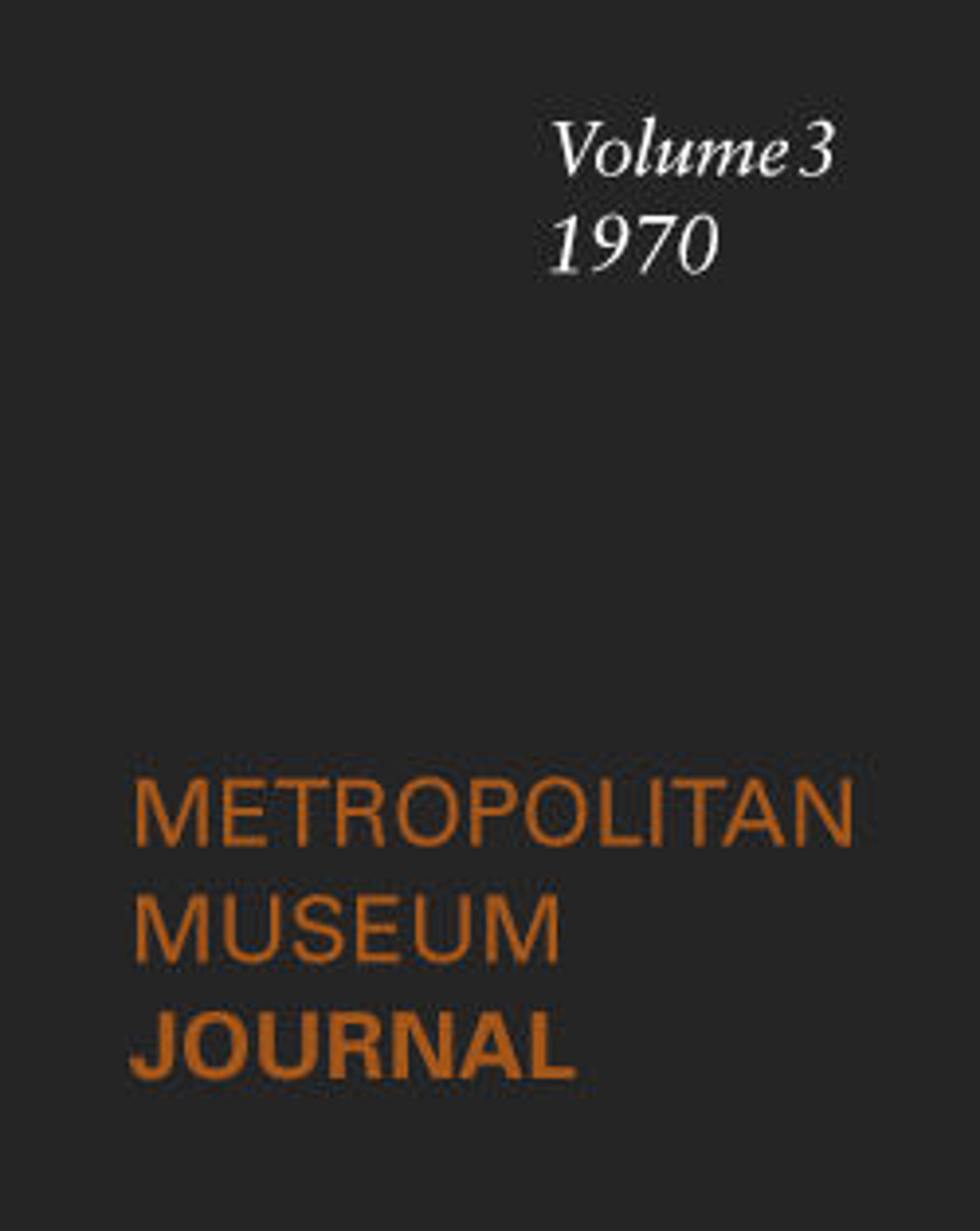Textile with a Pattern of Stars and Birds, Originally from a Cap
This textile was part of a cap, whose paper lining (46.156.11b) shows words of an inscribed text. The style of this script appears to be connected with the Ayyubid, late Fatimid or early Mamluk periods, while the silk samite technique is attributed to Seljuq Iran. The weavers employed two warps and two or more wefts to create the silk textile called samite. Here, eight-pointed stars, diamond-shaped motifs with foliate endings, and confronted birds compose the textile’s intricate pattern.
This object was owned by Giorgio Sangiorgi, an Italian textile collector who had also inherited his father antiquarian activity at Palazzo Borghese in Rome. In 1946, it was acquired together with large part of his collection by his friend and dealer Adolfo Loewi, who sold it to the Metropolitan.
This textile’s antiquity is unquestioned, but it followed the same trade path as others suspected to be of modern manufacture— a demonstration of the complexity of the issues around trade and forgery. While many textiles were cut into pieces for higher profits, this one was still sewn in the form of a cap with a paper lining (see 46.156.11b) when the museum acquired it in the 1940s. Changing its form obliterated part of its history but made the pattern more legible.
This object was owned by Giorgio Sangiorgi, an Italian textile collector who had also inherited his father antiquarian activity at Palazzo Borghese in Rome. In 1946, it was acquired together with large part of his collection by his friend and dealer Adolfo Loewi, who sold it to the Metropolitan.
This textile’s antiquity is unquestioned, but it followed the same trade path as others suspected to be of modern manufacture— a demonstration of the complexity of the issues around trade and forgery. While many textiles were cut into pieces for higher profits, this one was still sewn in the form of a cap with a paper lining (see 46.156.11b) when the museum acquired it in the 1940s. Changing its form obliterated part of its history but made the pattern more legible.
Artwork Details
- Title:Textile with a Pattern of Stars and Birds, Originally from a Cap
- Date:11th–12th century
- Geography:Attributed to Iran
- Medium:Silk; samite
- Dimensions:Textile:
H. 5 in. (12.7 cm)
W. 5 1/4 in. (13.3 cm)
Mount:
H. 7 3/4 in. (19.7 cm)
W. 12 3/4 in. (32.4 cm)
D. 7/8 in. (2.2 cm) - Classification:Textiles-Woven
- Credit Line:Fletcher Fund, 1946
- Object Number:46.156.11a
- Curatorial Department: Islamic Art
More Artwork
Research Resources
The Met provides unparalleled resources for research and welcomes an international community of students and scholars. The Met's Open Access API is where creators and researchers can connect to the The Met collection. Open Access data and public domain images are available for unrestricted commercial and noncommercial use without permission or fee.
To request images under copyright and other restrictions, please use this Image Request form.
Feedback
We continue to research and examine historical and cultural context for objects in The Met collection. If you have comments or questions about this object record, please contact us using the form below. The Museum looks forward to receiving your comments.
